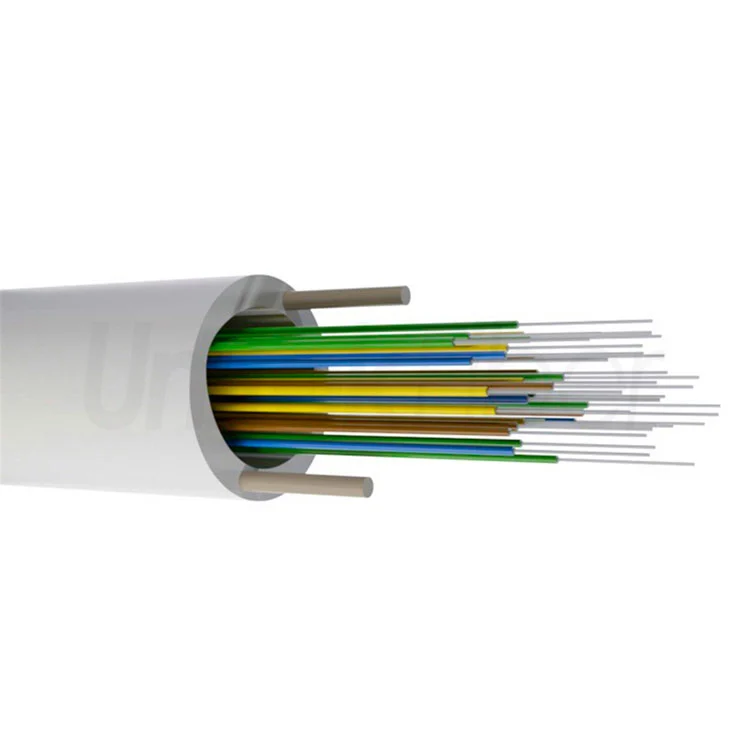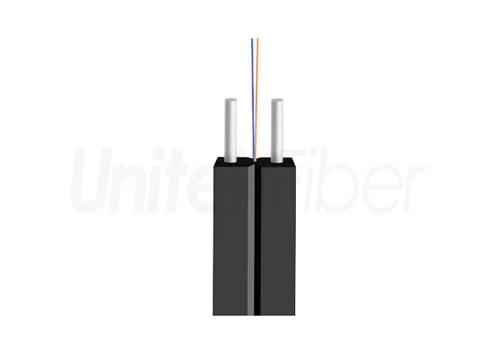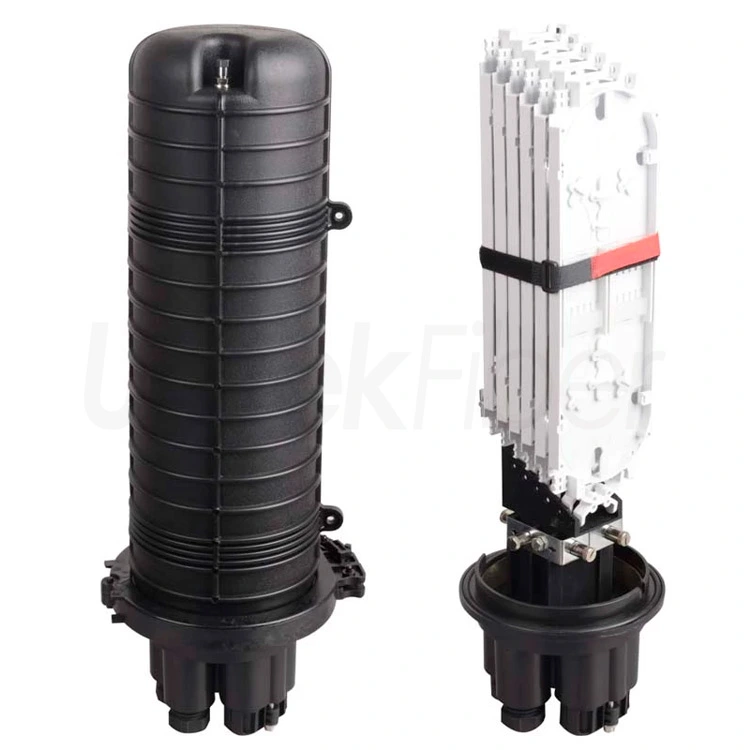
Both optical modules and media converter are devices used for photoelectric conversion, but do you know the differences between optical transceiver and media converter ? Next, let's take a look.
As an optical device that performs photoelectric conversion and electro-optical conversion, an fiber module consists of optoelectronic components, functional circuits, optical interfaces, and other parts. Optical transceiver serves as a carrier for signal transmission between switches and other devices. Media converter, also known as an optical to electrical converter, converts short distance electrical signals into long distance optical signals. Media converter is generally used for long distance transmission where network cables cannot reach, extending signal transmission distance.

In essence, the difference between optical modules and media converter lies in being a "component" versus an "independent tool". An fiber module is "modular component" that relies on external devices. Fiber optic transceiver only integrates optoelectronic components, functional circuits, and optical interfaces itself, and must be inserted into the corresponding slots of devices such as switches and routers. Optical transceiver can only work by relying on the power supply and control from the device's main board. In contrast, media converter is a "complete standalone device" capable of independent operation. Besides the core conversion module, media converter is also equipped with a built in power supply, RJ45 electrical interface, indicator lights, and a housing. Media converter does not require adaptation to device slots; once powered on, it can be used by connecting to terminals via a network cable, offering greater flexibility in deployment.
Optical transceiver focus on "high-end device interconnection" and "high speed backbone transmission", and need to be integrated into the internal workflow of devices. Fiber module are mainly applied to network communication equipment, such as the optical interfaces of aggregation switches, core routers and other devices. Media converter focus on "terminal access extension" and "low cost ". Media converter are used in long distance network scenarios where network cables cannot reach and optical fibers are required to extend signal transmission. Typically, media converter are applied in fields like FTTH, security monitoring, community network construction, radio and television transmission.
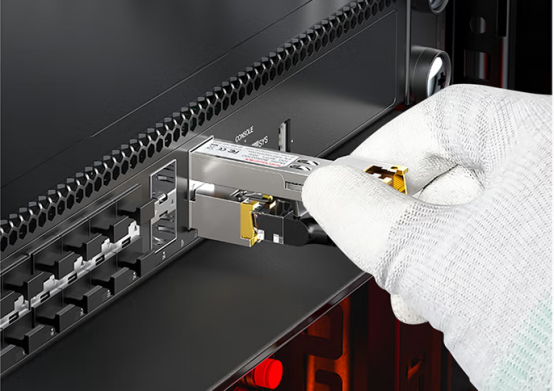
Fiber optic transceiver can be connected to media converter, but the following precautions must be observed: the transmission rate and interface type of the fiber transceiver and the media converter must be identical, for example, a gigabit fiber module must be connected to a gigabit optical media converter; the wavelength and transmission distance of the optical module used in the media converter must match those of the fiber module on the other end device; the fiber type of the optical transceiver used in the media converter must be the same as that of the optical module on the other end device (such as a switch), for example, singlemode to singlemode.
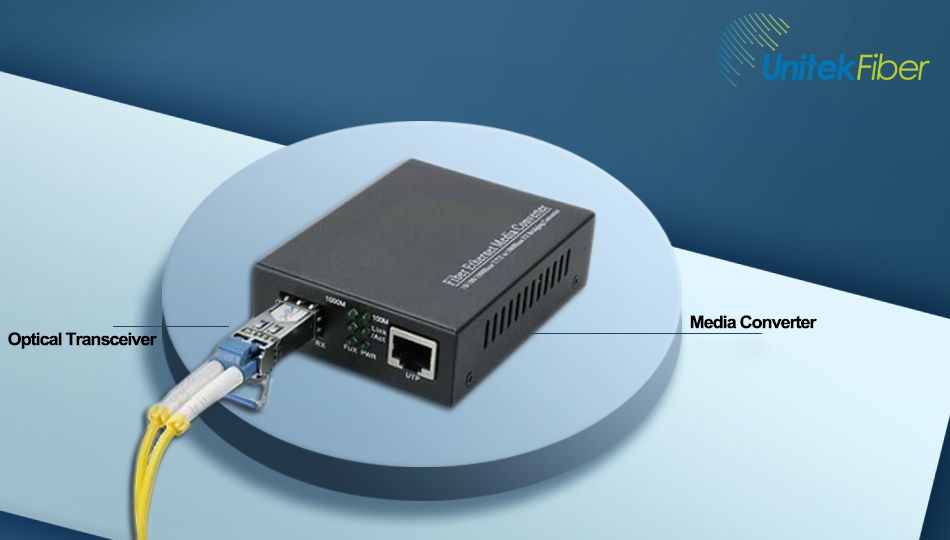
In short, devices like optical switches use fiber modules to achieve network transmission, while media converters are only used when the transmission distance of electrical signals needs to be extended. In other words, optical transceivers are essential for fiber optic transmission, while meida converters are not.
UnitekFiber possesses professional production technology and extensive manufacturing experience in fiber modules and media converters. We offer a diverse range of fiber modules, including SFP, SFP+, SFP28, and so on. For media converters, we also provide multiple configurations, such as 1 electrical port & 1 optical port, 2 electrical ports & 2 optical ports, and 4 electrical ports & 2 optical ports, among others. Please feel free to contact us if you have any requirements.

